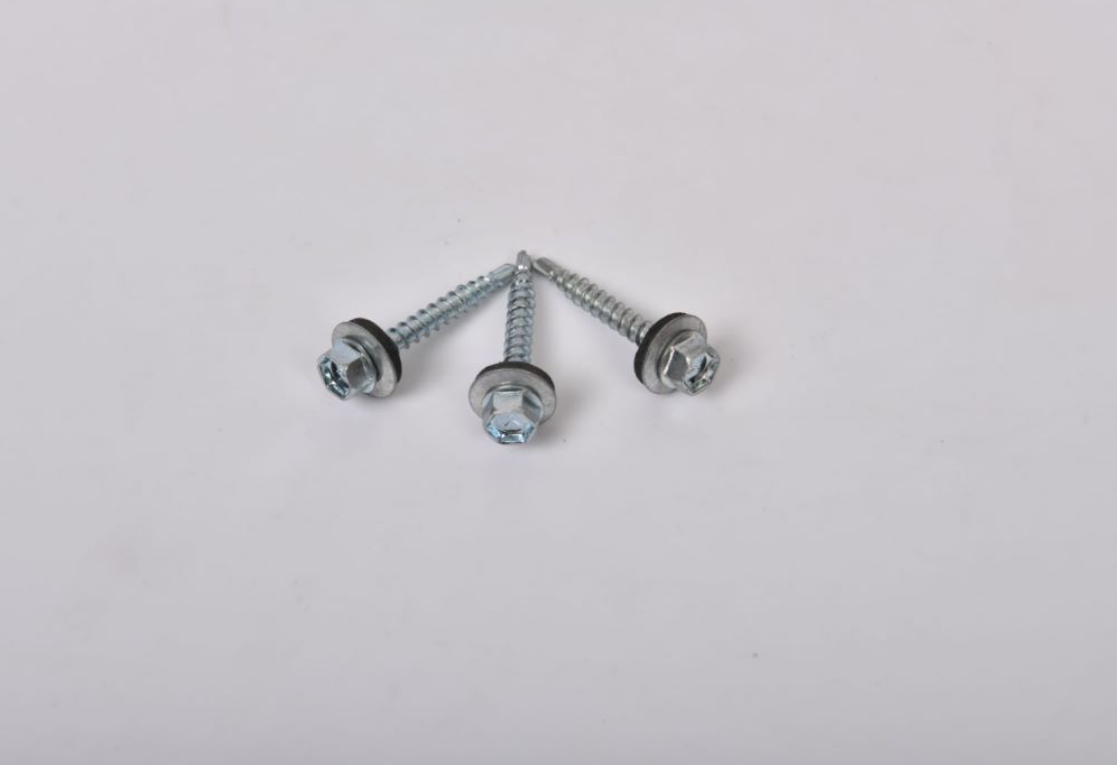drywall anchor for 1/4 screw products
Understanding Drywall Anchors for 1/4-Inch Screws
When it comes to hanging objects on drywall, selecting the right type of anchor is crucial to ensure the fixtures are secure and lasting. One common option available in the hardware aisle is the drywall anchor for 1/4-inch screws. This article will explore the various types of drywall anchors that work with 1/4-inch screws, their applications, installation methods, and tips for achieving the best results.
What Are Drywall Anchors?
Drywall anchors are devices used to attach objects to walls made of drywall. Since drywall does not possess a high level of structural strength, anchors provide additional support by spreading the weight of the object over a larger area than a screw alone would. This is particularly important for heavier items, such as shelves, mirrors, and artwork. Using the correct anchor type is essential to avoid damaging the wall or having the item fall.
Types of Drywall Anchors for 1/4-Inch Screws
1. Expansion Anchors These anchors consist of a metal sleeve and a screw. When the screw is tightened, the sleeve expands against the drywall, providing a firm hold. Expansion anchors are ideal for moderately heavy items, and they work well with 1/4-inch screws.
2. Toggle Bolts Toggle bolts are one of the strongest anchor types available. They consist of a machine screw and a toggle wing. The wings open and secure behind the drywall as you tighten the screw, distributing the weight evenly. For heavy objects, toggle bolts are often the best choice. They typically accommodate 1/4-inch screws and can handle significant weight.
3. Self-Drilling Anchors These anchors are made of metal or plastic and can be installed without pre-drilling a hole. You can simply drive them directly into the drywall with a screwdriver. Self-drilling anchors come in various designs, including those that can accommodate 1/4-inch screws, making them versatile and easy to use.
4. Plastic Expansion Anchors These are lightweight and easy to install, making them suitable for hanging lightweight objects. However, they may not hold up as well under heavier loads, so choose this option firmly based on the weight of the item being hung.
Installation of Drywall Anchors
drywall anchor for 1/4 screw products

Installing drywall anchors requires a few simple tools a drill or screwdriver, a level, and measuring tape. Here’s a general procedure for installing anchors
1. Choose the Right Anchor Assess the weight of the item you plan to hang and select the appropriate anchor type.
2. Mark the Spot Use measuring tape to determine the precise location on the wall. A level can help ensure that your marks are straight.
3. Drill a Hole For non-self-drilling anchors, drill a hole that corresponds to the size of the anchor you are using. If you're using a toggle bolt, the hole should be large enough for the toggle to fit through.
4. Insert the Anchor For expansion and plastic anchors, push them into the hole until they are flush with the drywall. For toggle bolts, insert the toggle in through the hole, and once it opens, pull back slightly while tightening.
5. Screw in the Fixture Lastly, place the screw through the object you wish to hang and into the anchor, ensuring it is tight and secure.
Tips for Using Drywall Anchors
- Weight Limit Always respect the weight limits specified for each type of anchor to prevent failures. - Use a Level For items like shelves, using a level during installation can help keep them straight. - Multiple Anchors For heavier items, consider using more than one anchor to distribute the load better. - Check Stability Once installed, give the item a gentle tug to ensure the reliability of your installation.
In conclusion, drywall anchors are essential tools for securely mounting items on drywall surfaces. By understanding the different types available for 1/4-inch screws and following proper installation techniques, you can enhance the functionality and aesthetics of your living space without the fear of damage or instability. Whether you're a seasoned DIYer or a beginner, selecting the right anchor will contribute significantly to the success of your projects.
-
Top Choices for Plasterboard FixingNewsDec.26,2024
-
The Versatility of Specialty WashersNewsDec.26,2024
-
Secure Your ProjectsNewsDec.26,2024
-
Essential Screws for Chipboard Flooring ProjectsNewsDec.26,2024
-
Choosing the Right Drywall ScrewsNewsDec.26,2024
-
Black Phosphate Screws for Superior PerformanceNewsDec.26,2024
-
The Versatile Choice of Nylon Flat Washers for Your NeedsNewsDec.18,2024










